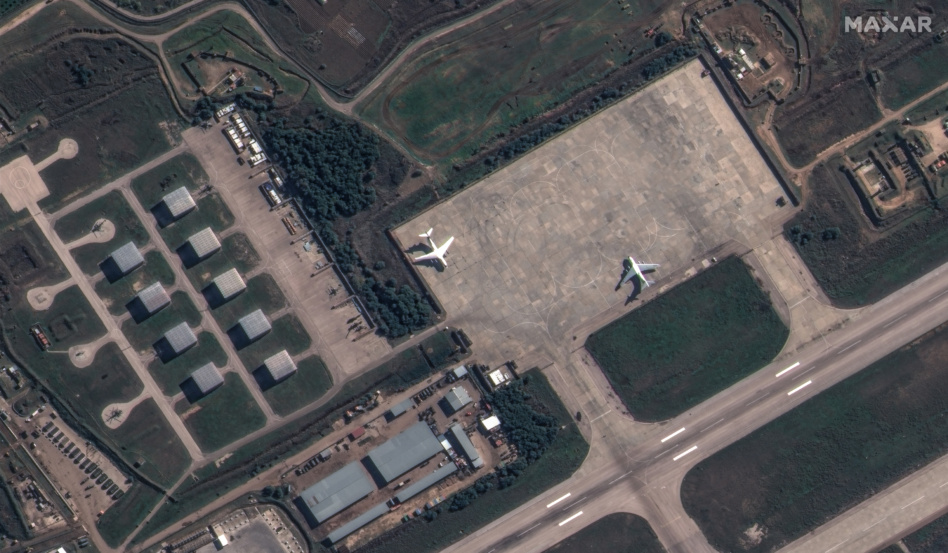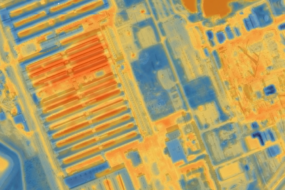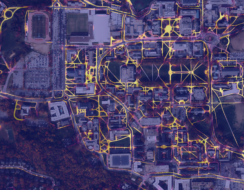Maxar unveiled a new product today to provide persistent monitoring of sites around the world, making it easier to spot anomalies or recognize patterns.
The new system—dubbed Sentry—will allow customers to task Maxar’s existing hardware on-orbit in a new way, according to Chief Product Officer Peter Wilczynski. The system includes Site Sentry, which allows for monitoring of small areas like ports, airports, and city centers, as well as Maritime Sentry, which looks at a broad swath of ocean to track ships at sea. Sentry relies on automation for everything from tasking satellites, to detecting changes over time.
Use cases: Sentry can be useful for any customer that wants to simultaneously monitor multiple places related to each other, Wilczynski said. He laid out an example where the system spotted ships coming into port, and watched vehicles trying to cross a border, during an effort to track fentanyl. He also gave the example of watching a warehouse nearby a launch site, and being able to determine that a space launch followed a certain number of days after increased warehouse traffic.
“A really common use case is with a supply chain that has a bunch of precursors, storage places, and production facilities,” Wilczynski said. “It’s how to use stuff from one facility to infer what’s happening at another.”
Taking pictures at regular intervals of specific sites also ensures customers have a backlog of imagery to view if an anomaly does pop up. In other words: “How do we make sure we have the right ‘before’ pictures, as opposed to just taking pictures after an event happens?” Wilczynski said.
Sentry’s heritage: Some of the tech used in Sentry has already been tested for defense and intelligence customers, including for NGA’s Luno program. Under that program, Maxar used automated tools to quickly identify objects, like cars or aircraft, within hours of a spacecraft snapping the image.




